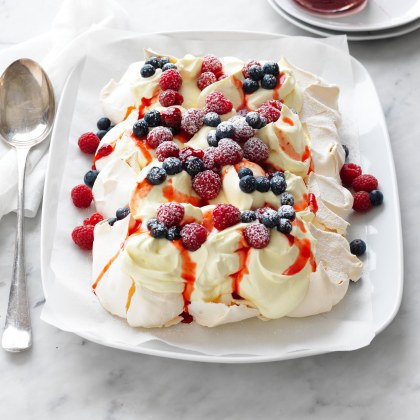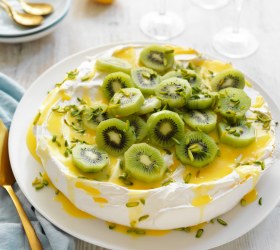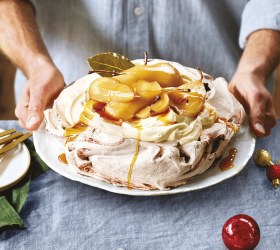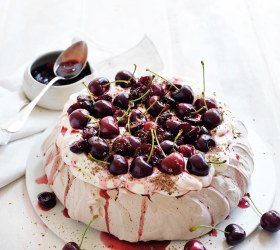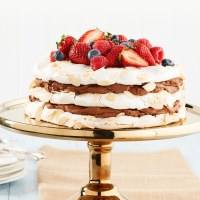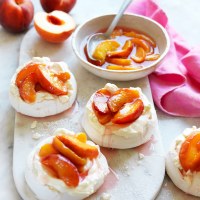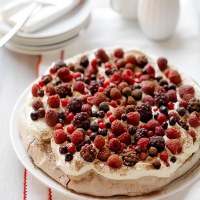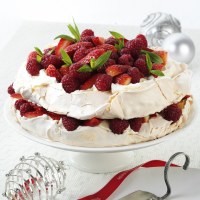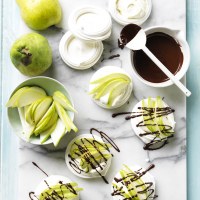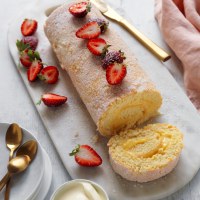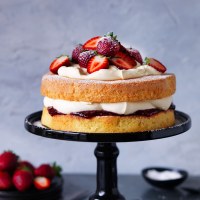How to make pavlova
A perfect pavlova should have a crisp crunchy shell that gives way to a soft and chewy meringue centre. There are a few tips and tricks to know before you can master a pavlova recipe. You might have already tried and failed. Don't worry. We'll show you how to make pavlova step by step. Plus learn what causes pavlova to collapse and, importantly for Christmas or summer entertaining, if you can make pavlova the day before.
What is pavlova made of?
A classic pavlova is made with just three, sometimes four, simple ingredients. Eggs, caster sugar, white vinegar and, in some recipes, cornflour. With pavlova, you only use the egg whites, not the yolks. In some recipes, such as the Classic Pavlova with Lemon Curd below, the egg yolks are used up to make the topping ie the lemon curd. But if you're looking for ideas on what to do with egg yolks, check out this article.
What causes a pavlova to collapse, crack and weep?
There are a few ways to avoid a pavlova collapsing, cracking and weeping. Here are the most common mistakes to avoid:
- Overbeaten egg whites: If you over-beat the egg whites, this can cause them to curdle and result in a pavlova that collapses after baking. The vinegar added to the egg whites helps the eggs to hold the air and stabilises the pavlova. Over beating the egg whites once the sugar has been added can also result in a pavlova that develops cracks during baking.
- Sugar not dissolved: You need to add sugar to the egg whites gradually. It must be 1 tablespoon at a time. Undissolved sugar attracts moisture, which can make your meringue week once cooked. Check the sugar has dissolved fully by rubbing the meringue mixture between your fingers. If you can still feel sugar granules, keep whisking.
- Not cooling your pavlova slowly: Once the pavlova has finished cooking, allow it to cool slowly in the oven. This will ensure your pavlova keeps its height and doesn't crack.
Can you make pavlova the day before?
If you're making the pavlova for a special event, you may want to try and make the pavlova base the day before so you can simply top it when you're ready to serve. However, be forewarned, if there is any moisture in the air or it's an especially humid day, chances are keeping your pavlova from getting soggy will be difficult.
Keep your pre-made pavlova base in an airtight container in a cool and dry place.
Pavlova Recipes
This step-by-step pavlova recipe and video will see you making the perfect pav every time. Plus learn how to use up some of the leftover egg yolks to make a quick lemon curd.
GET THE RECIPE: Mini pavlovas with poached peaches by Summer Stonefruit
Making mini or individual pavlovas goes by the same basic principles as a large one. The poached peaches can be made while the pavlovas are cooling in the oven. You can make both the poached peaches and the pavlovas the day before. Simply continue from step 5 of the recipe just before serving.

